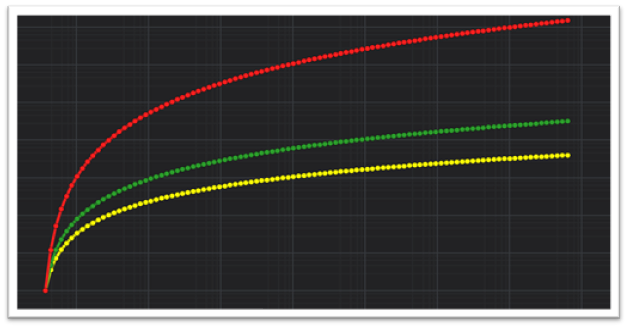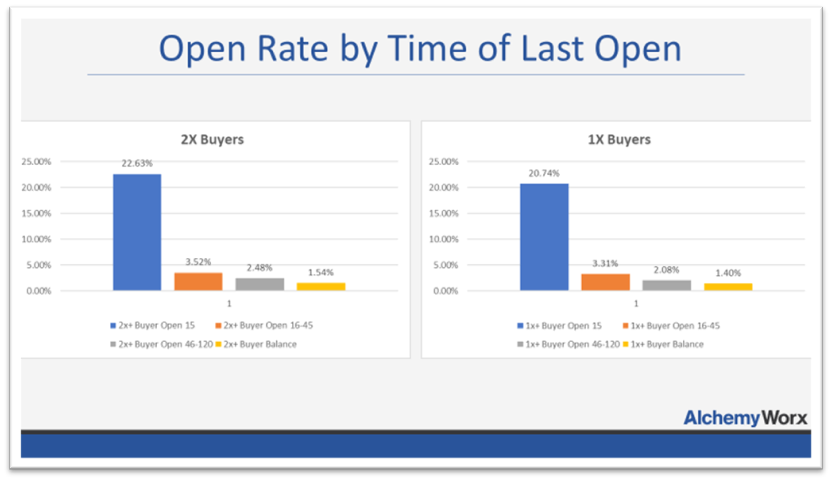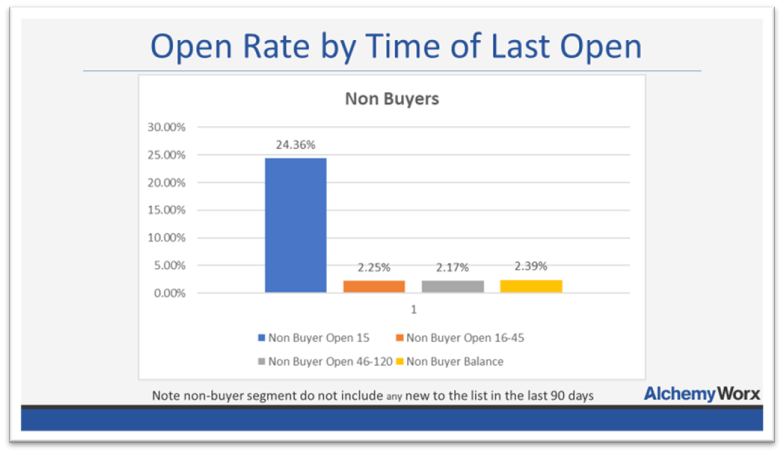Forget Segmentation - Audience Management is the New Normal
80/20 rule - Engaging with the engaged
The Pareto Principle or 80/20 rule states that in very many situations 80% of your results will come from 20% of your effort. This principle is very widely accepted and holds true in many cases, for example in IT, 80% of system crashes are caused by 20% of bugs, or Taxation, where 80% of tax revenue comes from 20% of tax payers.
There are also many examples of the 80/20 rule in sales and marketing:
- 80% of complaints come from 20% of customers
- 80% of profits come from 20% of the company’s effort
- 80% of sales come from 20% of products or services
- 80% of sales are made by 20% of sellers
- 80% of customers come from 20% of marketing activities
So far so good. However, if you look closely at those examples you will see they mostly apply to customer acquisition. What about retention marketing? I have some strong reservations about applying the 80/20 rule to retention, because it seems to encourage brands to develop strategies that focus most of the effort and resource on the valuable 20%. Leaving the remaining 80% (the vast majority) of customers with a less valuable experience. The biggest problem being it assumes they KNOW who these people are. But do they?
The way lifecycle marketing (LCM) is typically viewed would imply we may not. The chart below is very typical of the way we look at the customer life cycle (CL), with value $ on the vertical axis and time on the horizontal axis.

Looking at it in this way you would see the red curve as representing the best customers, the green curve as average customers and the yellow the least valuable.
The Rapidly Moving Target
Here at Alchemy Worx our experience has led us to think of LCM very differently, here’s why.

The chart above is based on repeat bookings/reservations made by over 2 million subscribers over 6 years of client data from the travel industry. I chose the travel industry, because almost everyone travels and therefore has their own experience to draw on to aid their understanding. What we have found is understanding the sales or purchase cycle is key to understanding LCM. We see this pattern everywhere, and it is highly likely that your customers behave in the same way. Obviously, the gap between purchases will differ from brand to brand or product, for example insurance may have a very similar interval, a clothing retailer or purchase would expect the interval to be shorter (2-6 months), but a car dealership might have a 2 to 5 year interval between sales.
The reason it is so important to start with this analysis is because email marketers tend to view engagement through the lens of email engagement rates (open and/or click), and these vary tremendously depending on where a subscriber is in the purchase cycle. The chart below also based on analysis of actual data of a client who needed Alchemy Worx help to improve their subscriber engagement. What I am sharing is a view of how open rates for two of their most valuable customer segments, 1x and 2x buyers, changes depending on how long ago they last opened an email.
Open rates for subscribers in these segments plummet from 20% to 3% 16 days after their last engagement.

The implications of this for email marketers looking to focus on their best or VIP segment are profound:
- The 20% best customer segment changes all the time – MUCH faster than most people think
- Subscribers are only active openers of email for a short time on either side of a purchase
Hidden Treasure
Now let’s take a look at what most would call “less valuable customers” - subscribers who have been on the list for at least 90 days and in the vast majority of cases 12+ months. The subscribers, many of whom are rarely if ever mailed, because the 80/20 rule would deem them worth little effort or resource.

It may surprise some, but the behavior profile of the inactive or less valuable segments is strikingly similar to the valuable segments. What we learned at Alchemy Worx is our clients’ most valuable segment is a rapidly moving target! In summary subscribers are most email-engaged for a few weeks either side of a purchase. The movement between the two states, active and inactive, is so rapid that it calls into question the way most people:
- Market to their subscribers at a subscriber level (1-1 marketing)
- Use the 80/20 rule in their LCM
- Manage their mailing cadence
The 3rd point is probably the most important. Almost everyone is heavily over-mailing yesterday’s best customers and massively under mailing tomorrow’s best customers. In one case we worked on recently 20% of our client’s customers receive over 80% of the email they send (Oh the irony!). People who make this mistake are not only leaving money on the table but driving people who should be a future best customer towards the unsubscribe button.
Audience Management
Segmentation as it is currently practiced typically involves pulling lists of people with certain valuable characteristics either manually or via the AI-powered CDPs like Action IQ, Blueshift, Braze, Iterable or Zaius, to name a few. This process works perfectly when it comes to identifying who your 20% are today, but not so good when it comes to identifying who in your low value 80% segment is about to become high value. This is not the fault of the CDP. It’s because current strategies do not generate enough data points for them to compute. This is where Alchemy Worx Audience Management methodology comes into play. Audience Management is designed to generate bigger audiences with the data points required by AI. This is the future.
Audience Management means we constantly monitor the entire audience – active, inactive, high-value, low-value and everything in-between to ensure EVERYONE gets the right messages, but more importantly the right email cadence. Yes, the result of which is still 80/20 in that 20% of the list generates 80% of the revenue at any given time, but it makes room for the volatility of the 20% within a significantly narrower timeframe. Over a 6-month period somewhere between 30% and 60% of the list may get treated as valuable (sweet music to our CDP partners ears). We help our clients broaden their understanding of active customers!
You Get What You Give
This approach also generates significant amounts of incremental revenue currently left on the table. To give you a sense of how much, here are some final charts to consider. At the beginning of the COVID-19 crisis we were asked to help a client whose acquisition budgets had been slashed weather the storm. We recommended Alchemy Worx Audience Management methodology to them and began by measuring ALL their segments including their worst (the biggest). We then calculated the rate and scale of movement between segments. We identified approximately 395,000 “active” customers who had opened an email with 180 days and some 935,000 “inactive” who had not opened an email in 180+ days.
We then implemented our Audience Management methodology and here are the results. After 5 months we were able to increase their engaged audience by nearly 70%! Delivering nearly 250,000 inactive people to their CDP to work their magic on. The client saw revenues from the inactive segment out-perform the active segment by 200%.

Here are the results in revenue terms.
![]()
One Last Thing - Deliverability (#DBS)
Audience Management is not a methodology I would tell a novice to go figure out. If you have no idea of the rate and scale of movement between your segments, have more unengaged subscribers than engaged, or are considering mailing subscribers who have not been mailed for more than 150 days. You need someone who knows what they are doing -- ask your agency, CDP, ESP or email marketing consultant for help.

 How to resolve AdBlock issue?
How to resolve AdBlock issue? 
 Dela Quist, is CMO of Alchemy Worx, the largest email marketing agency. He is a highly
Dela Quist, is CMO of Alchemy Worx, the largest email marketing agency. He is a highly